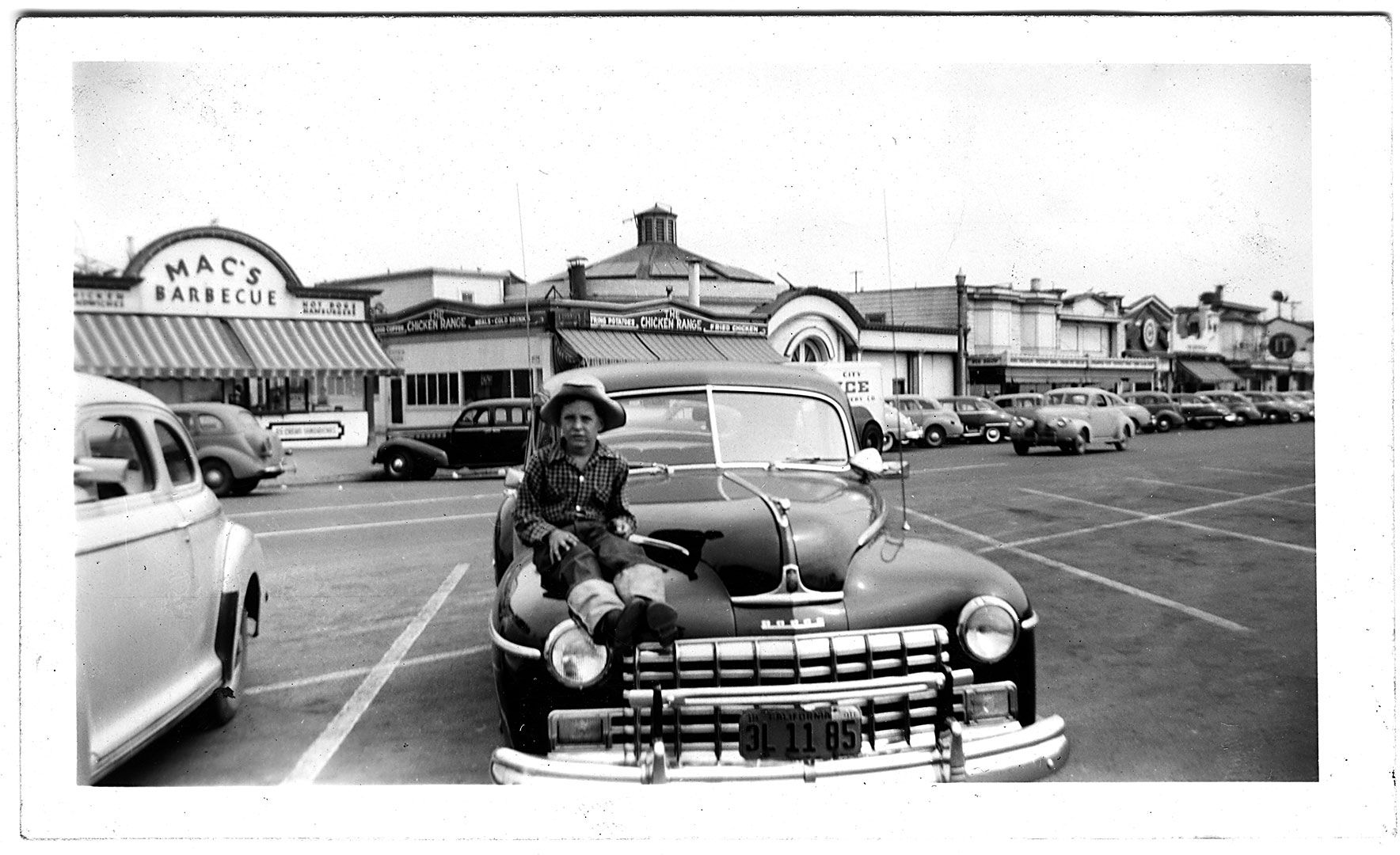Seeing the End of Playland
Playland at the Beach, San Francisco's version of Coney Island, closed for good on September 4, 1972. Photographer Dennis O'Rorke artfully captured the final days.
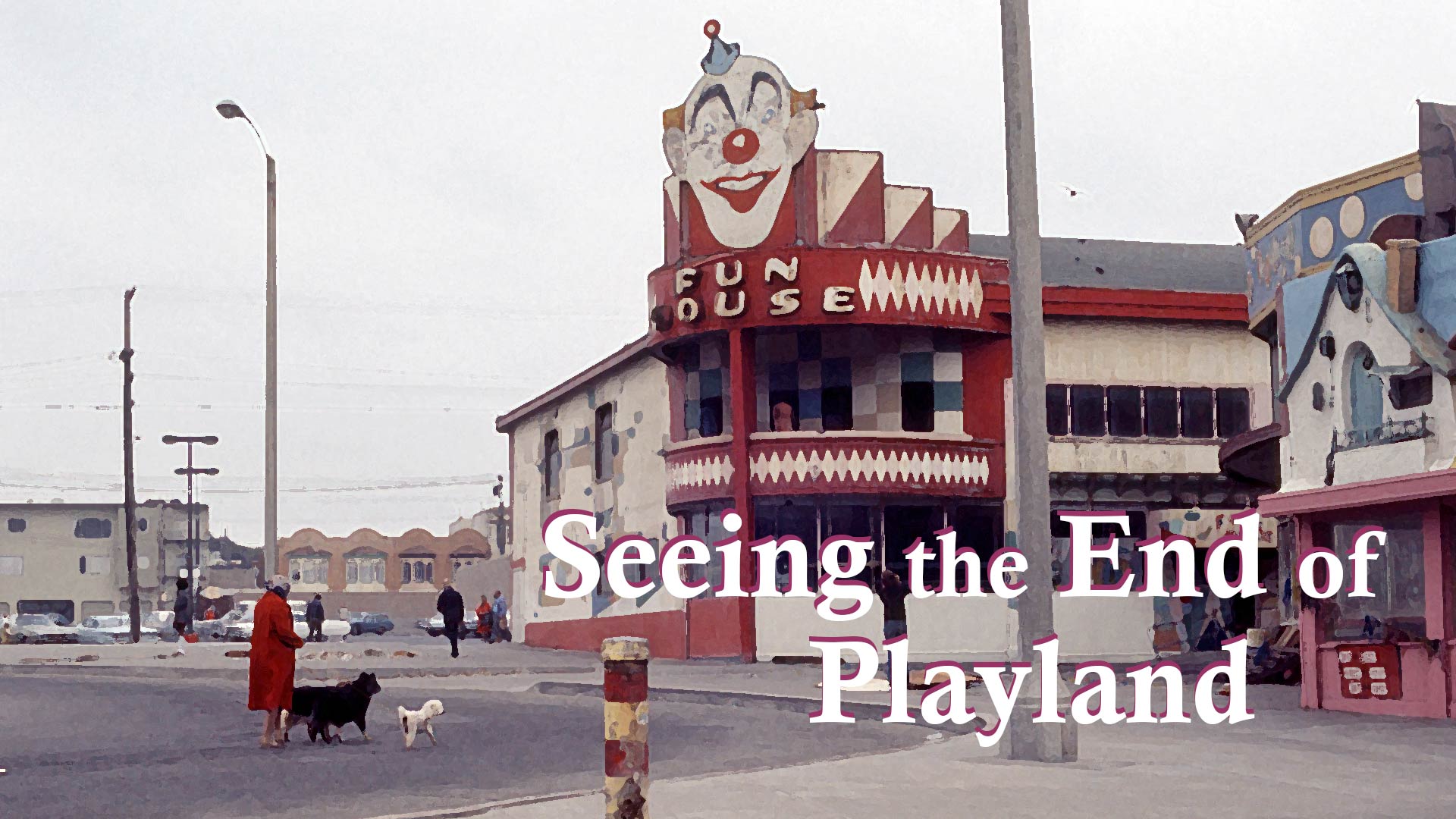
Fifty years ago, on Labor Day weekend, Playland at the Beach closed for good.
In the late 1910s there were just a few target-shooting concessions, quick-photograph booths, and a carousel at Ocean Beach north of Golden Gate Park. In the 1920s, under the consolidating control of the Whitney family, the amusement zone grew to be San Francisco's version of Coney Island.
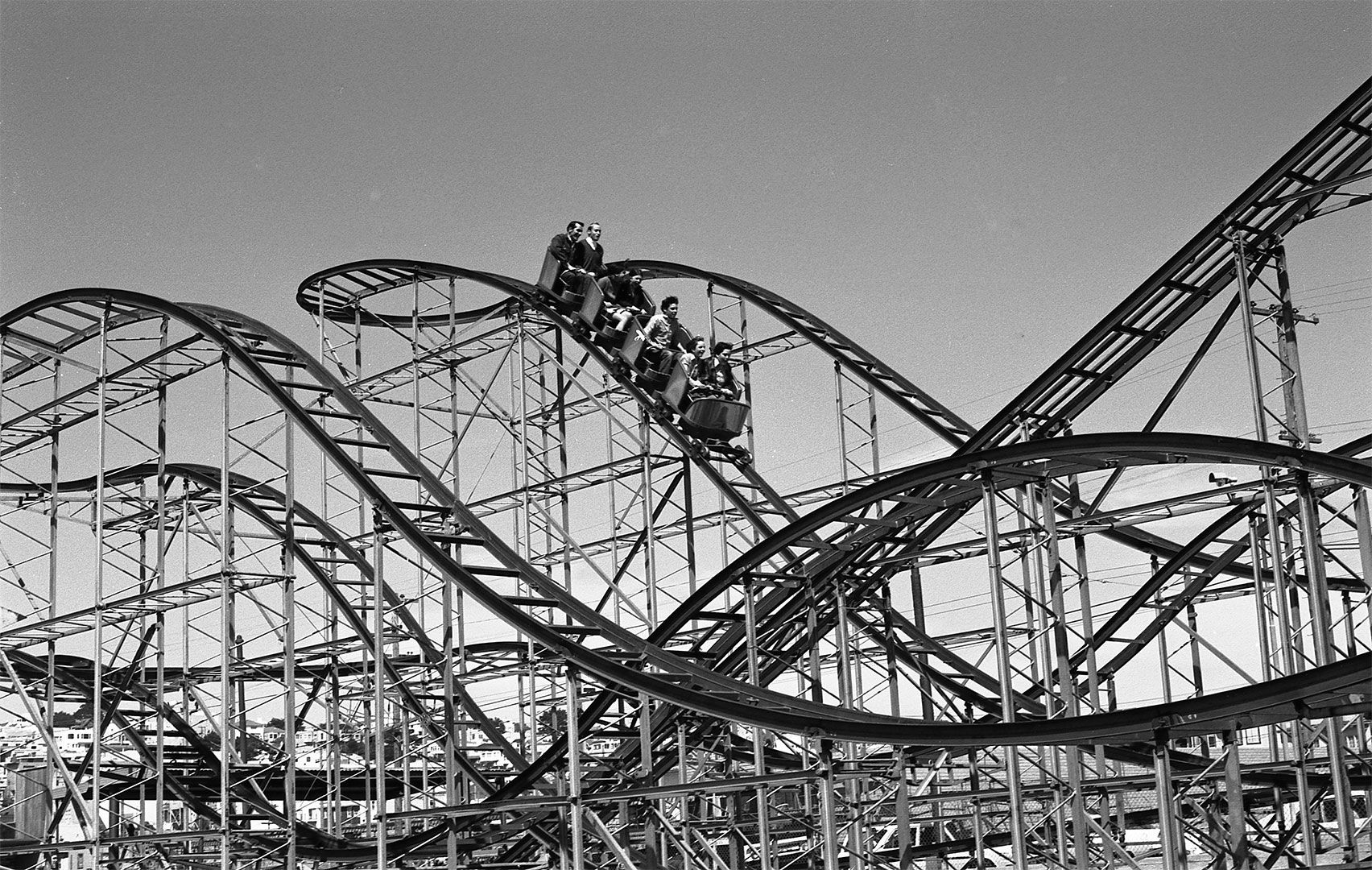
Playland peaked during World War II. The Whitneys demolished the deteriorating Big Dipper wooden roller coaster in the 1950s, but the Fun House still filled with hundreds of kids getting a full day's entertainment on a quarter.
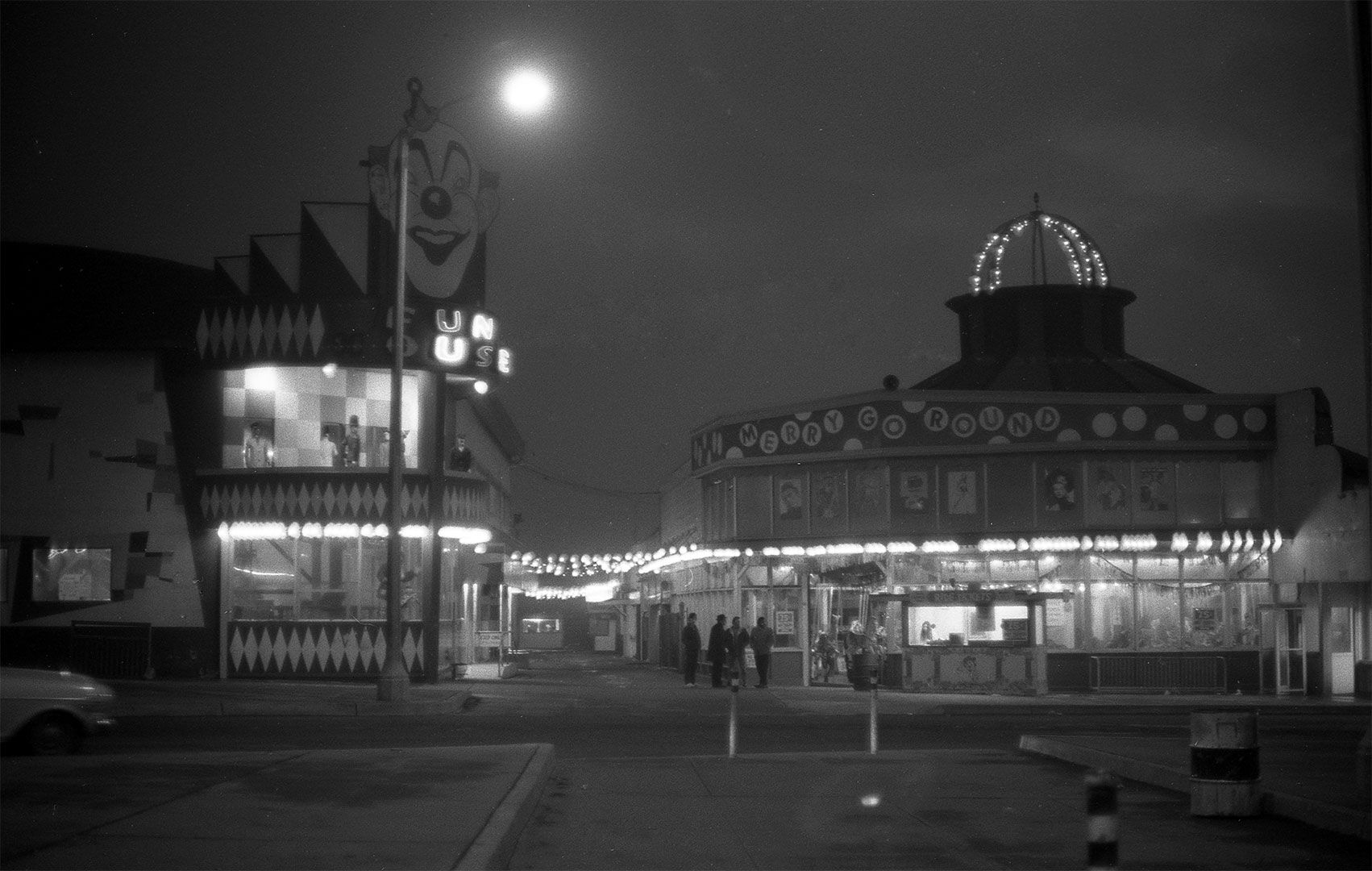
Playland got seamier and more run-down in the 1960s. Crime was up all over the city. After a few muggings and fights—over-hyped by newspapers as "race riots"—the amusement zone got a dodgier reputation than its dodger cars. Maintenance was, as they say, deferred.
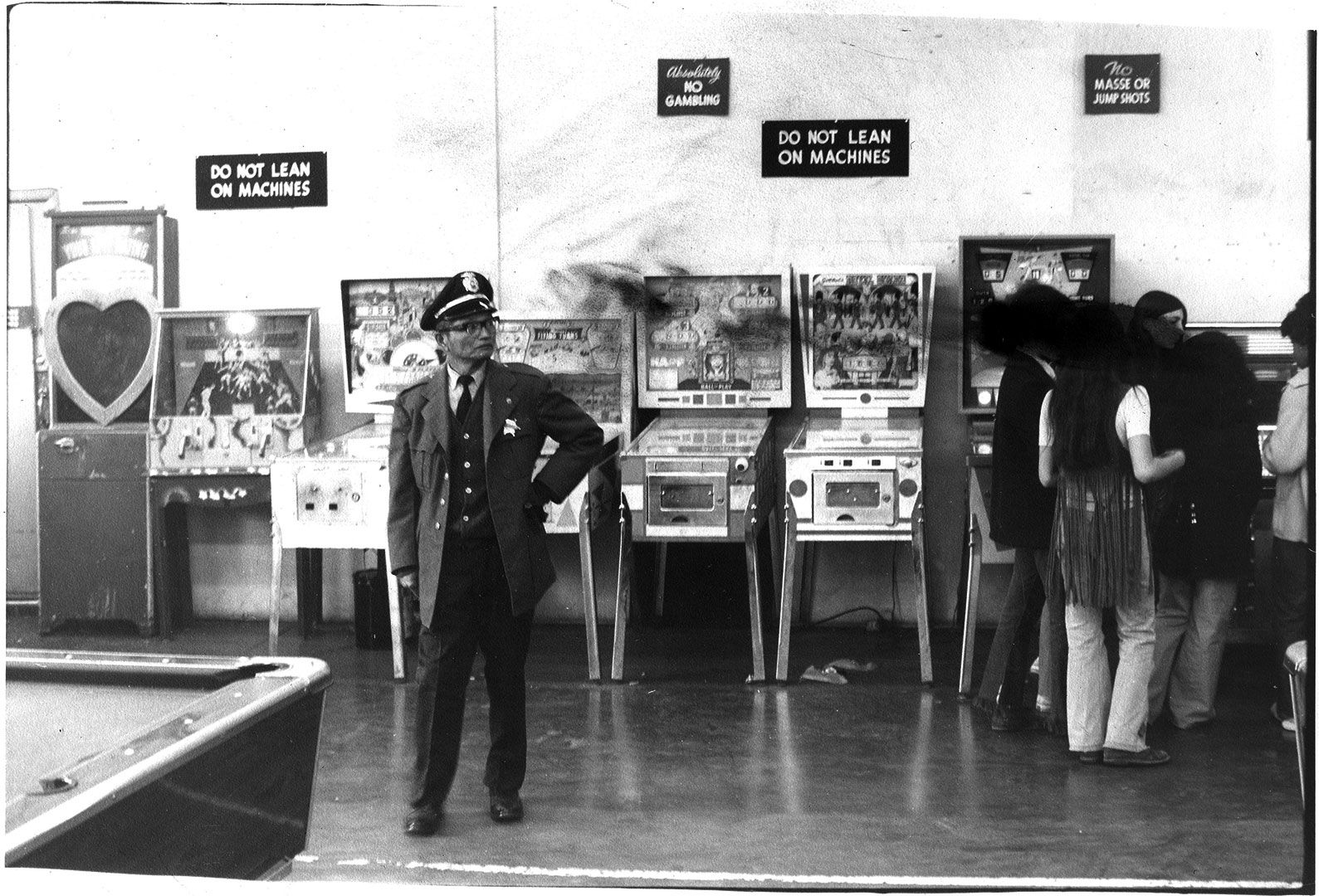
In last week of 1971, developer Jeremy Ets-Hokin announced his purchase of the ten-acre site for $6.6 million. He produced plans for a housing and shopping complex and after making some concessions with the Sierra Club and other groups he received the Board of Supervisors' approval to demolish Playland at the Beach. The last open day was the Labor Day holiday, September 4, 1972. The entire site was cleared by Thanksgiving.
You could have bought the Alpine Racer ride for $100 at the auction:
Failed attempt by Butterfield & Butterfield auctioneer to get a bid on the Alpine Racer ride at Playland at the Beach. September 15, 1972. Footage by KPIX television.
Dennis O'Rorke grew up in the Richmond District and went to Playland as a child. In the early 1970s he lived in a house on the 700 block of 48th Avenue. His western windows faced the ocean and the amusement zone at the beach.
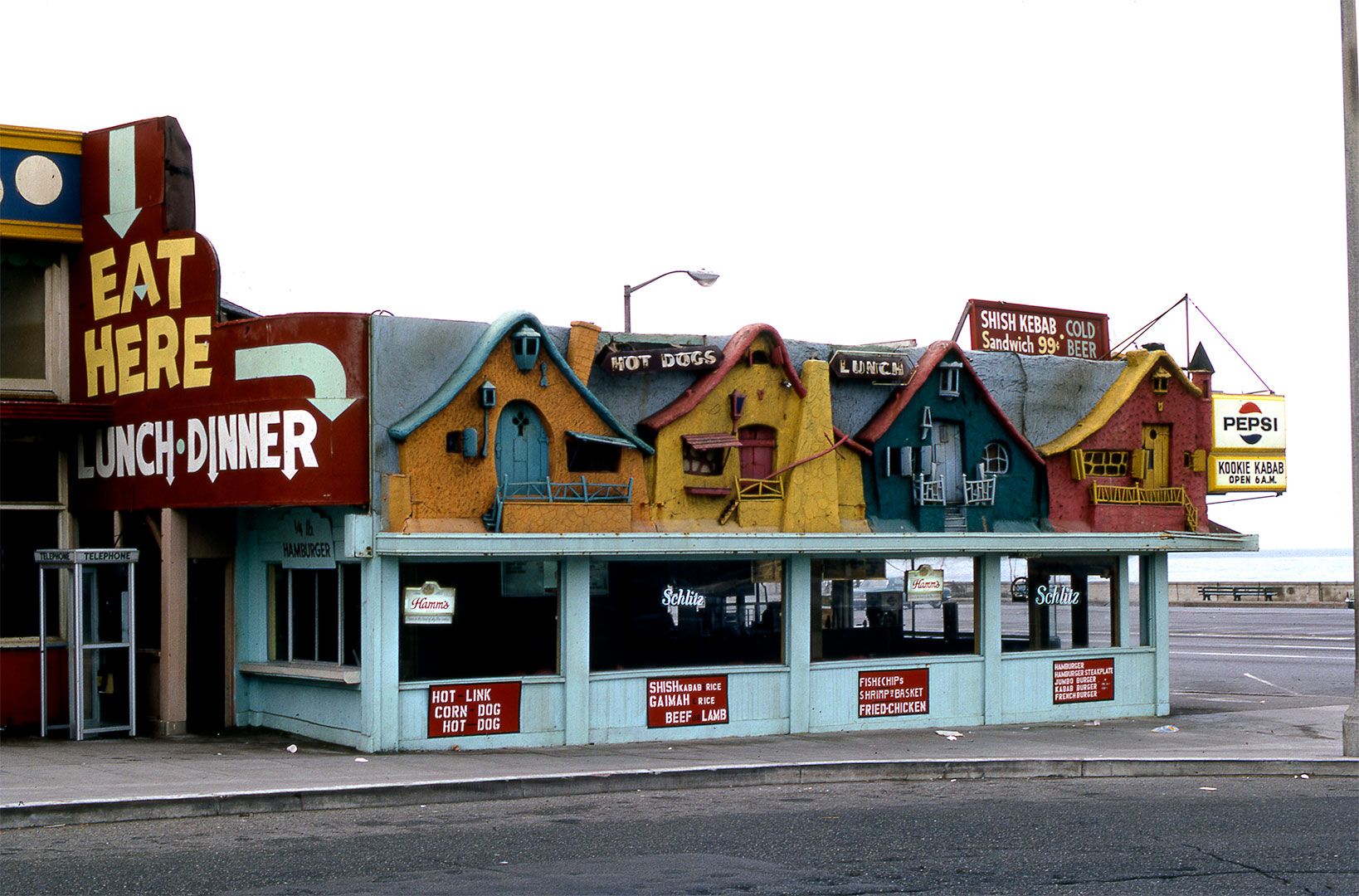
Dennis worked for many years as a city gardener, but he was—is—also a marvelous photographer. I have always admired the artistry of his shots of Kelly's Cove, Ocean Beach, and Playland's final days. In them he often captures the loneliness and the sense of passing time.
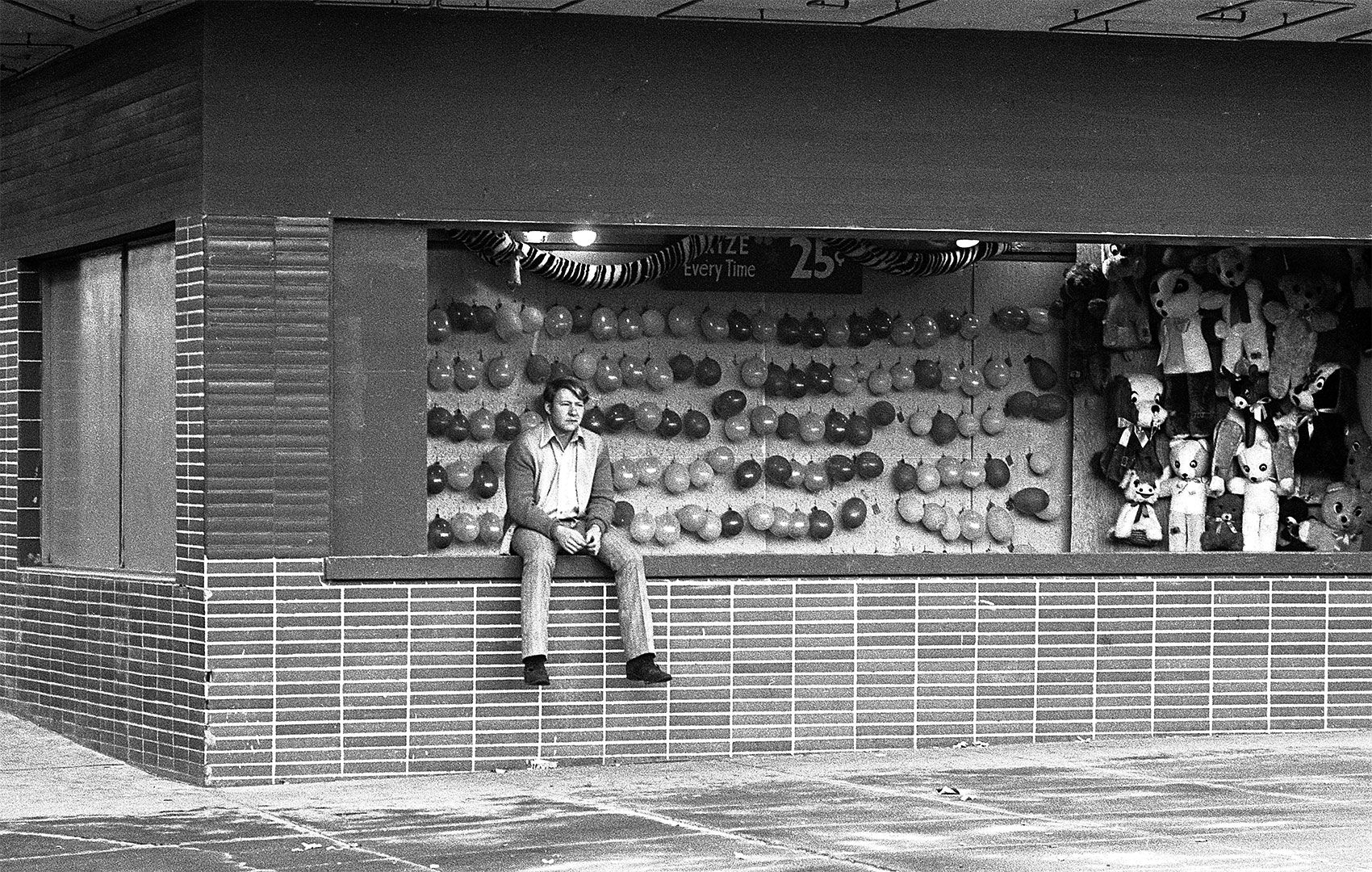
For this anniversary, rather than give a nostalgic history of the park I prefer to show some of the gritty and thoughtful shots Dennis took near the end. I admit to being perversely attracted to 1970s "urban decay," it being the background of my childhood. (Insert sad violin music here.) If you'd like to see Playland-in-its-heyday photographs, OpenSFHistory has lots.
With so many wonderful O'Rorke shots to choose from it is difficult to limit myself. There are great compositions, like this somewhat unsettling shot of the slides in the Fun House:
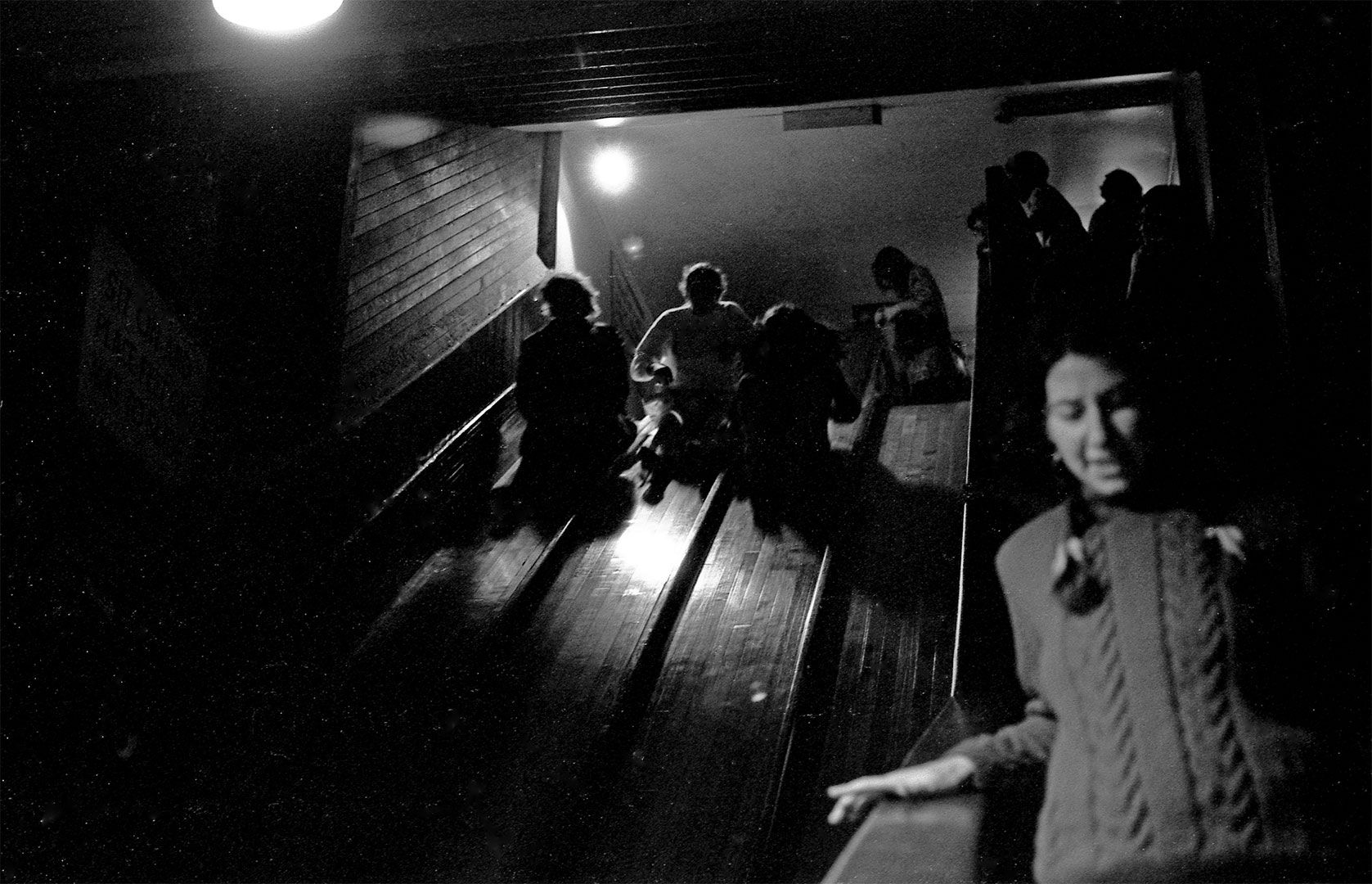
Or this triangle of the girl, the trashcan, and the words, "The Gun."
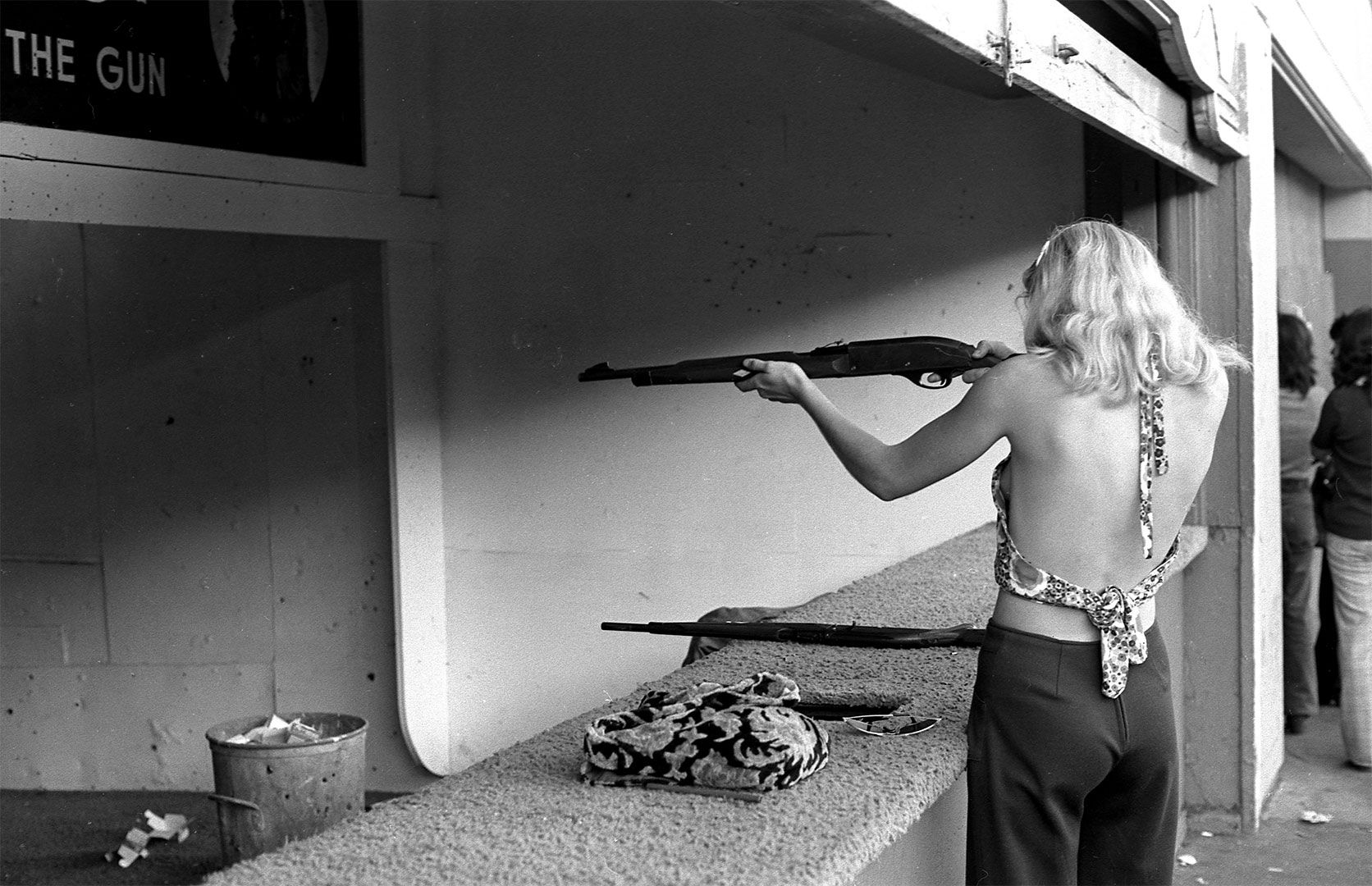
Other images capture individuals in a way that insist the viewer see a story. Even the Laughing Sal automaton behind the Fun House glass has to feel the humanity coming off the man with the cigarette and the boy in the foreground. I want to see their lives staged.
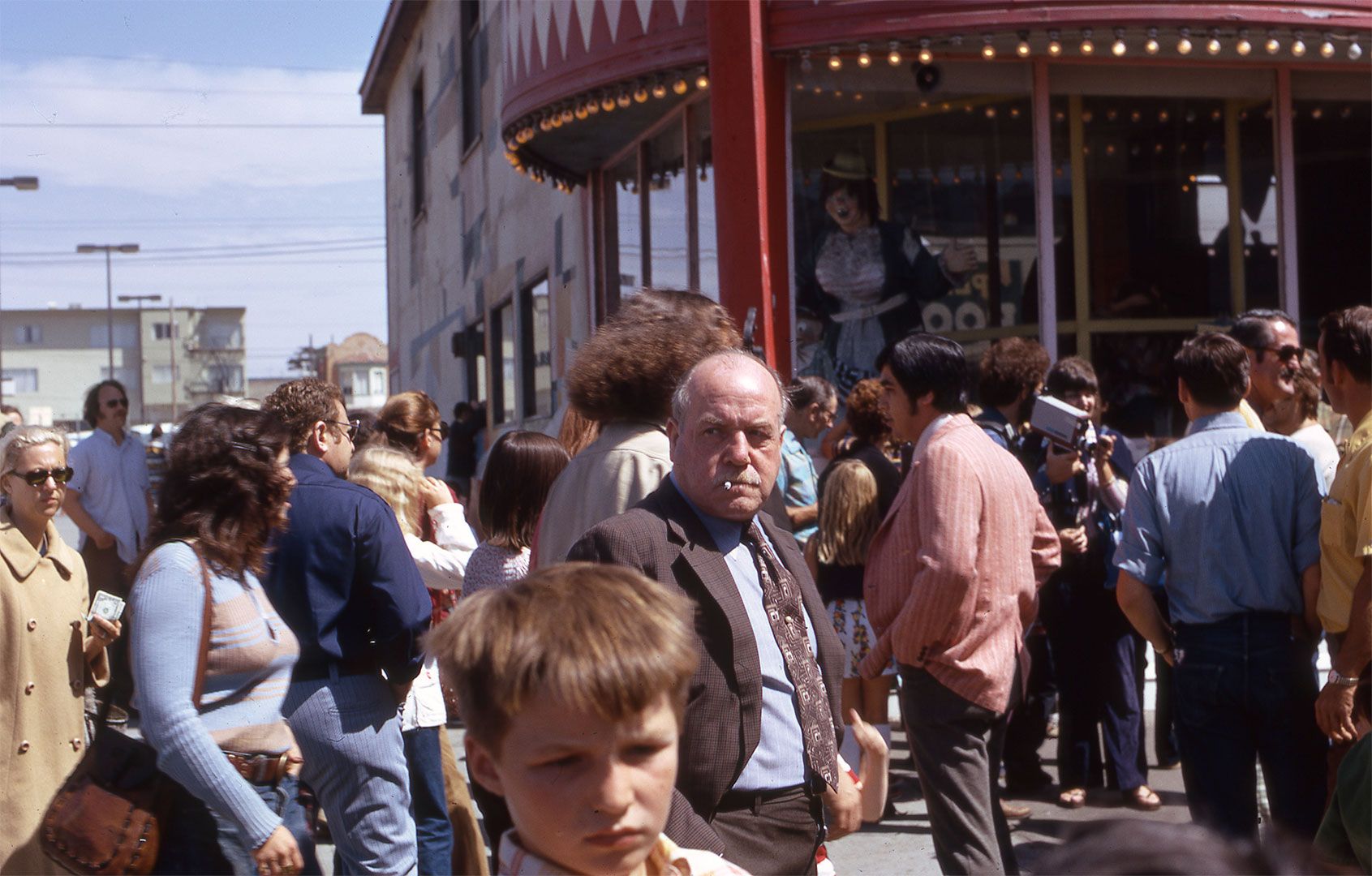
Dennis often sees kinships and connections between individuals. Men in suits and hats, brothers in matching shirts...
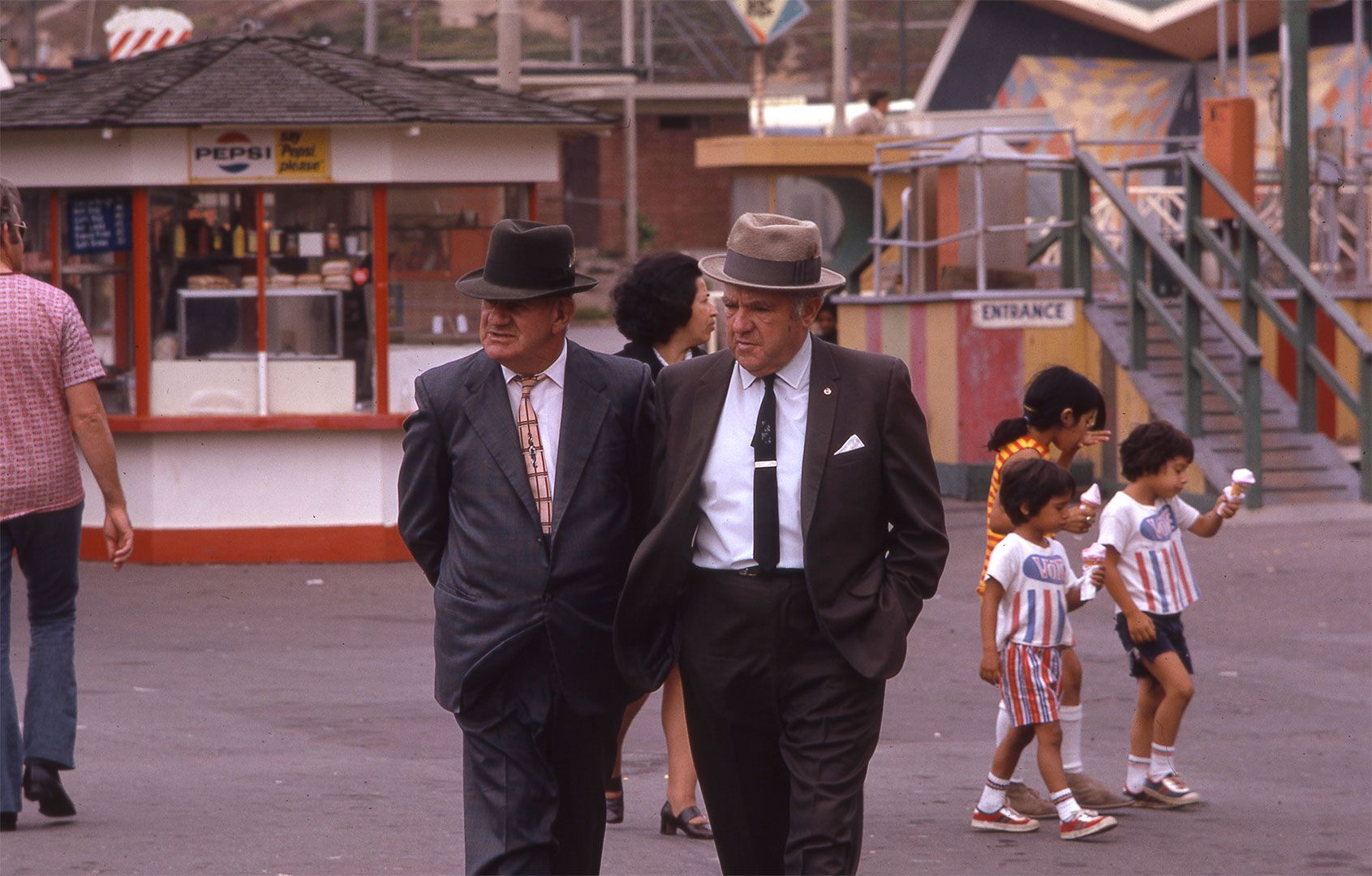
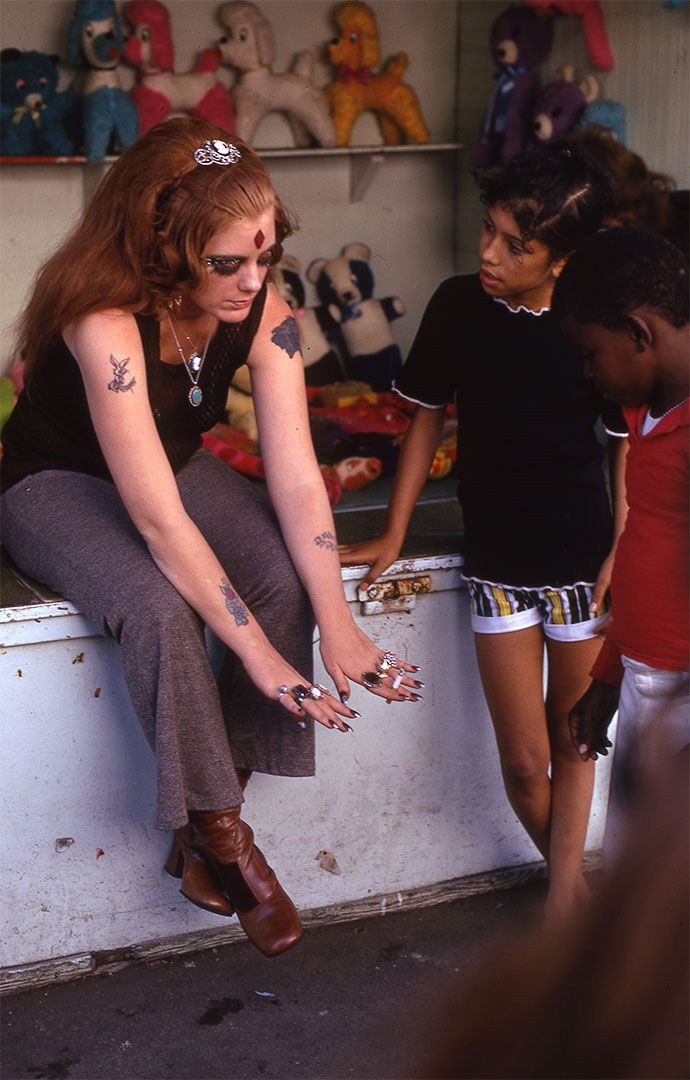
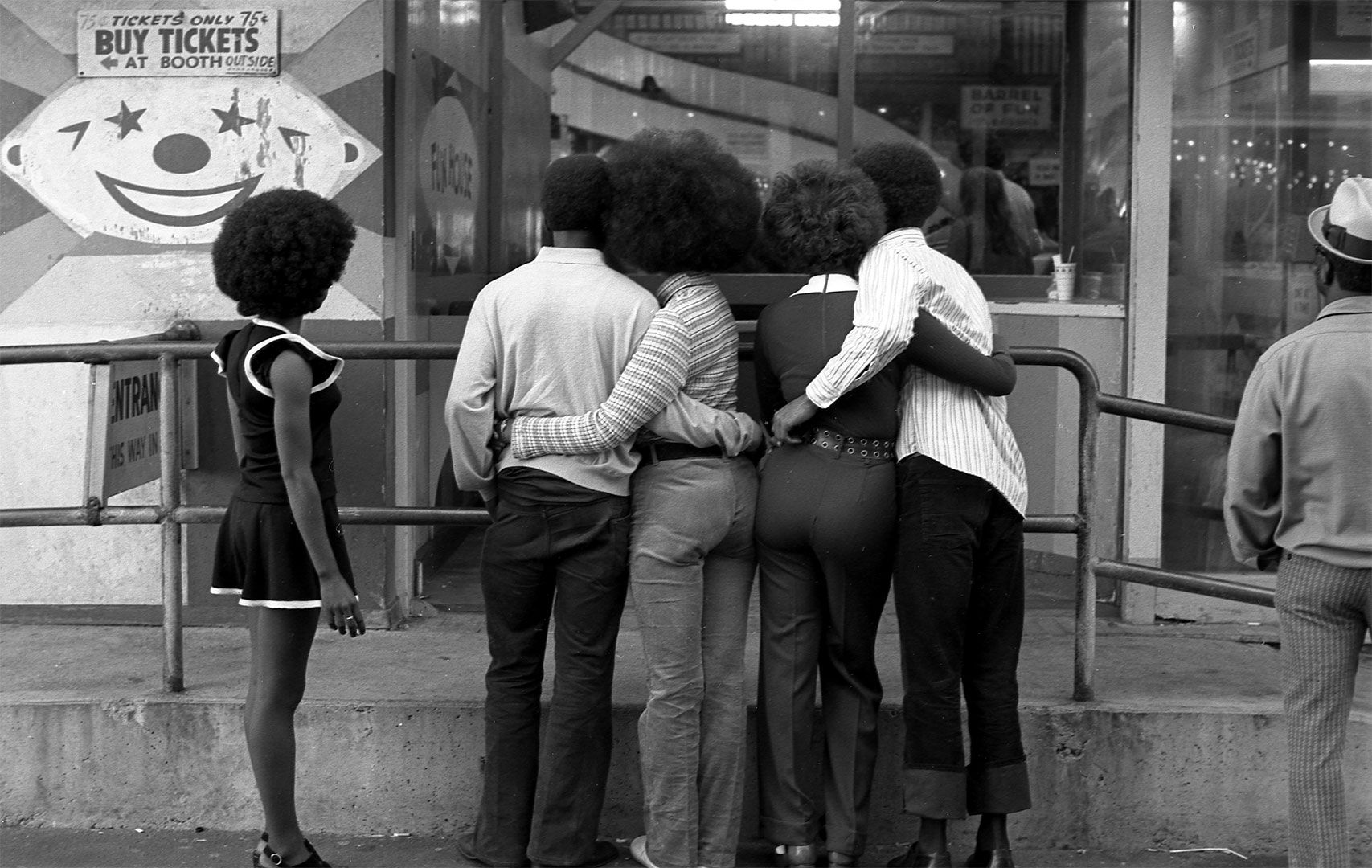
And then there's just the historical documentation, seeing structures that tens of thousands of San Franciscans and visitors had worn to a nub, that the ocean winds and sea fog ate at for decades.
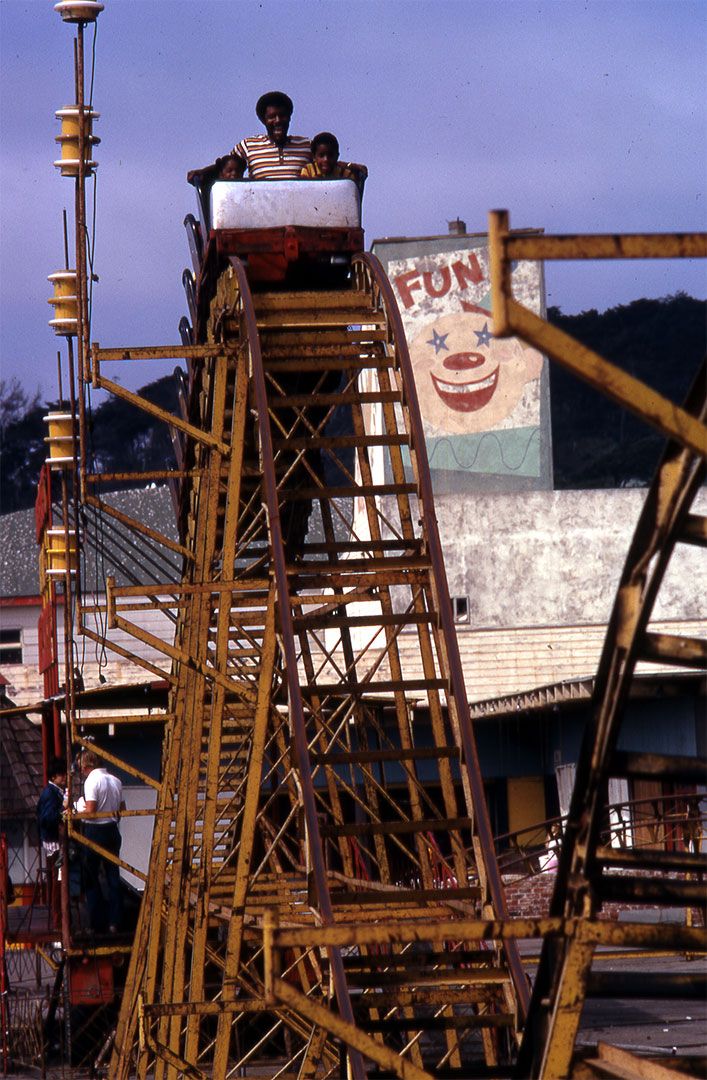
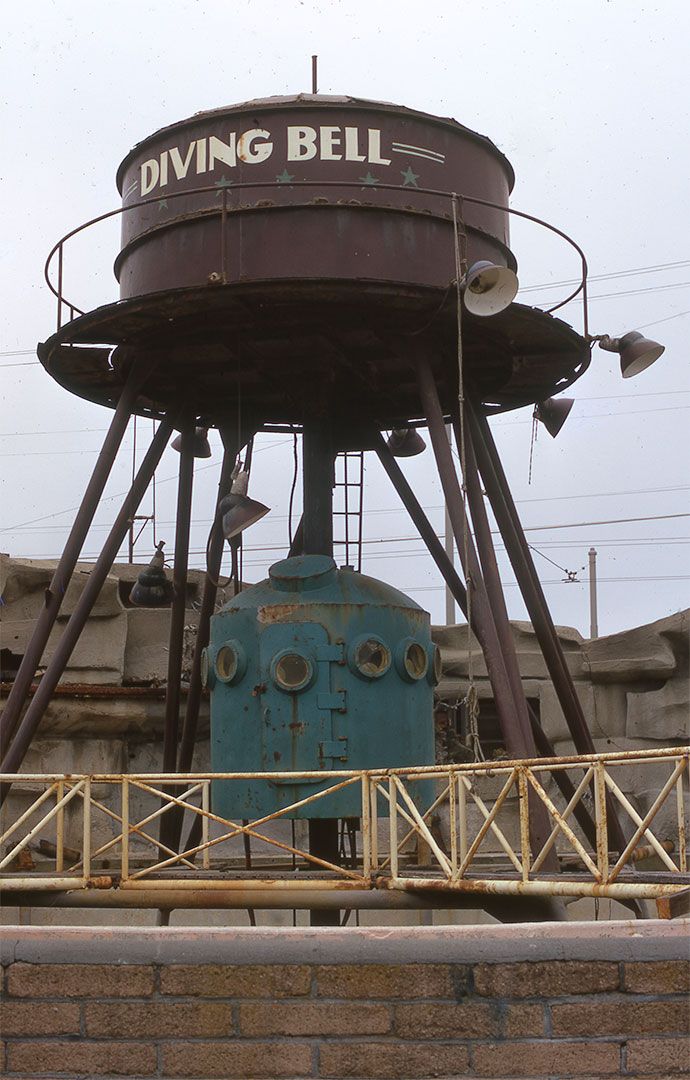
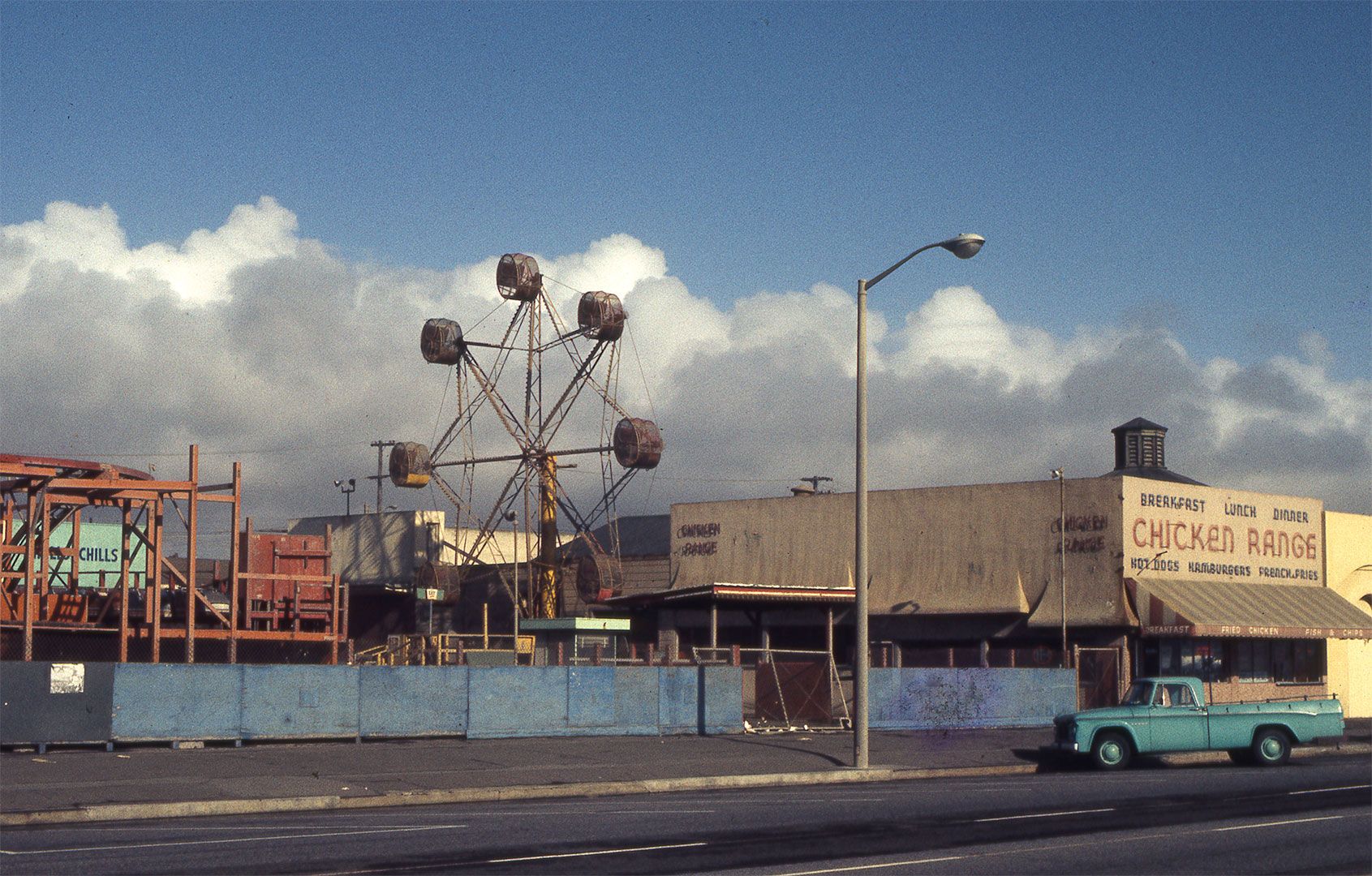
Finally we're left with the actual demolition, the sad and beautiful ruin porn that hits some of us longtime San Franciscans on multiple levels. Sugary memories stripped of the sounds of melodeons, laughter and screams, stripped of the smells of corn dog meal, burnt coffee, and bumper car graphite, leaving us with a flimsy, oxidizing movie set.
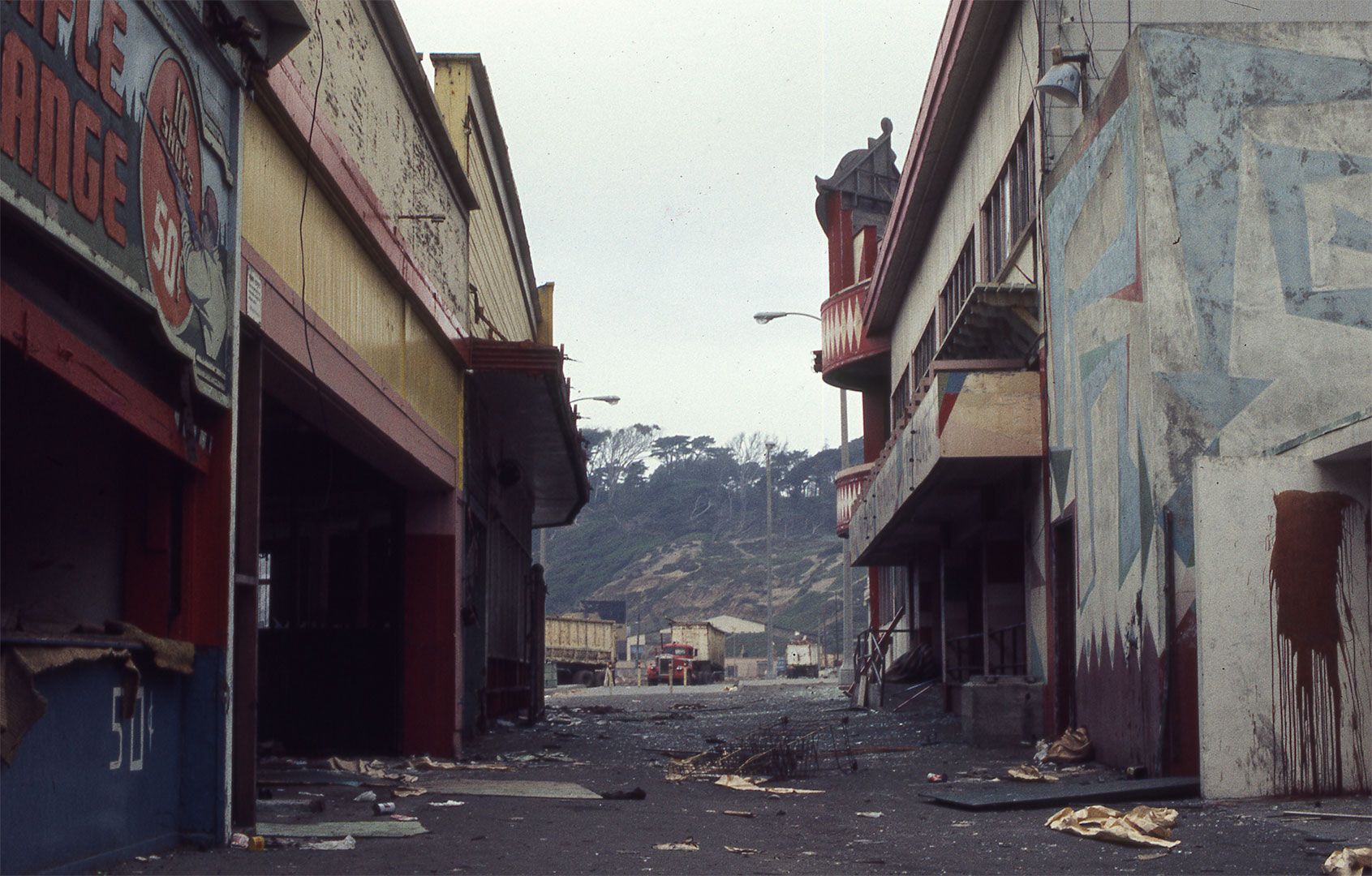
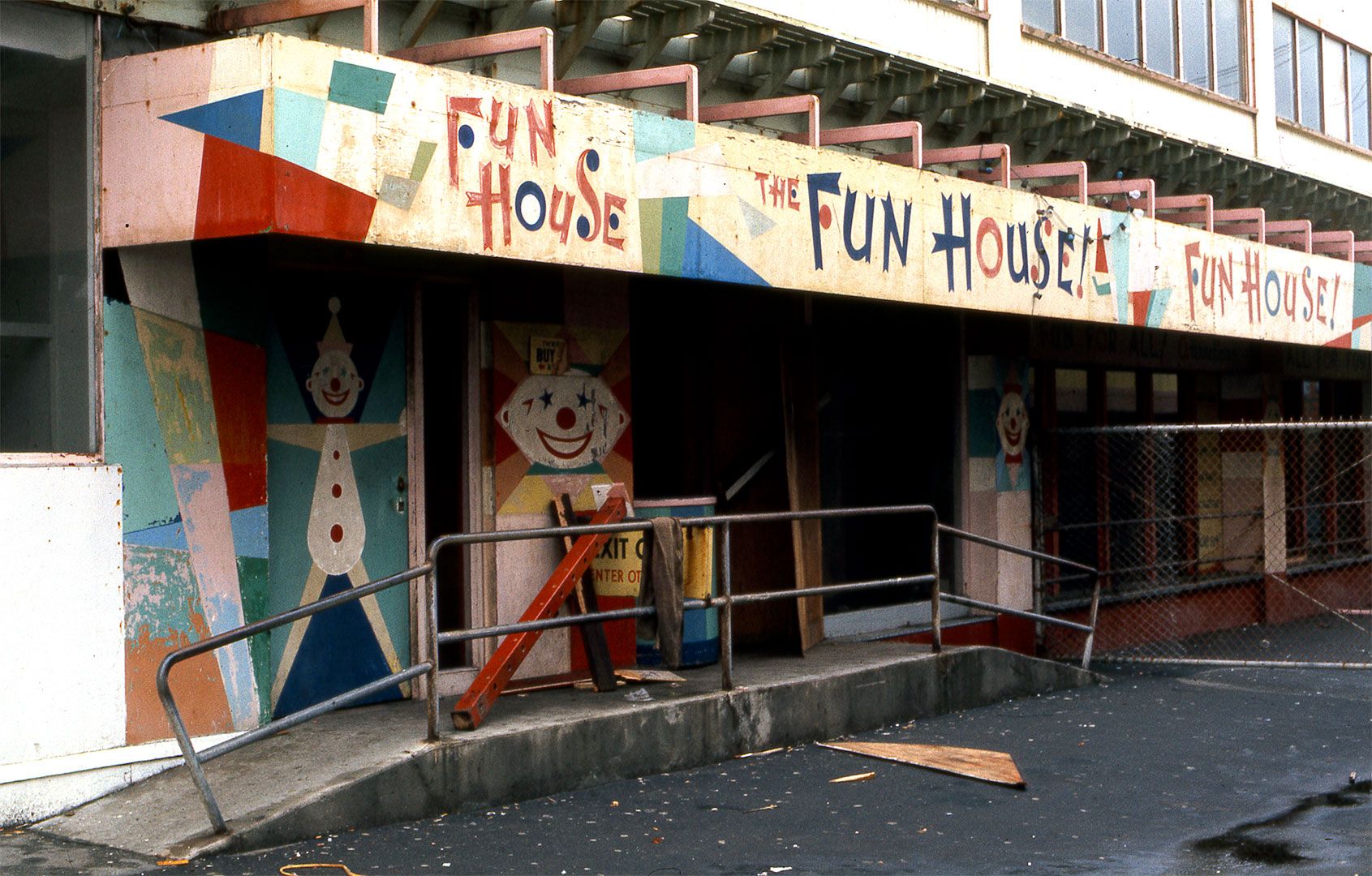
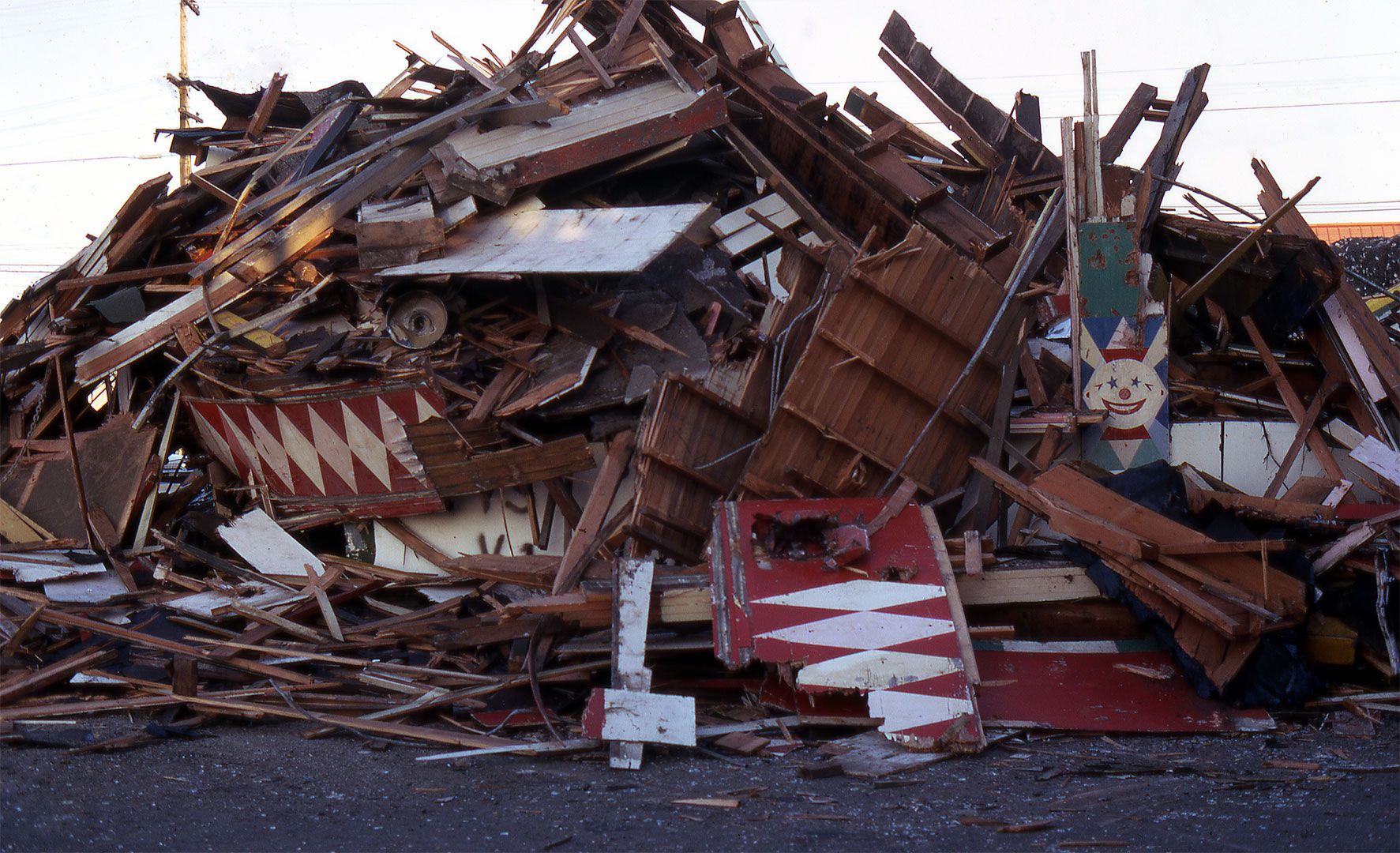
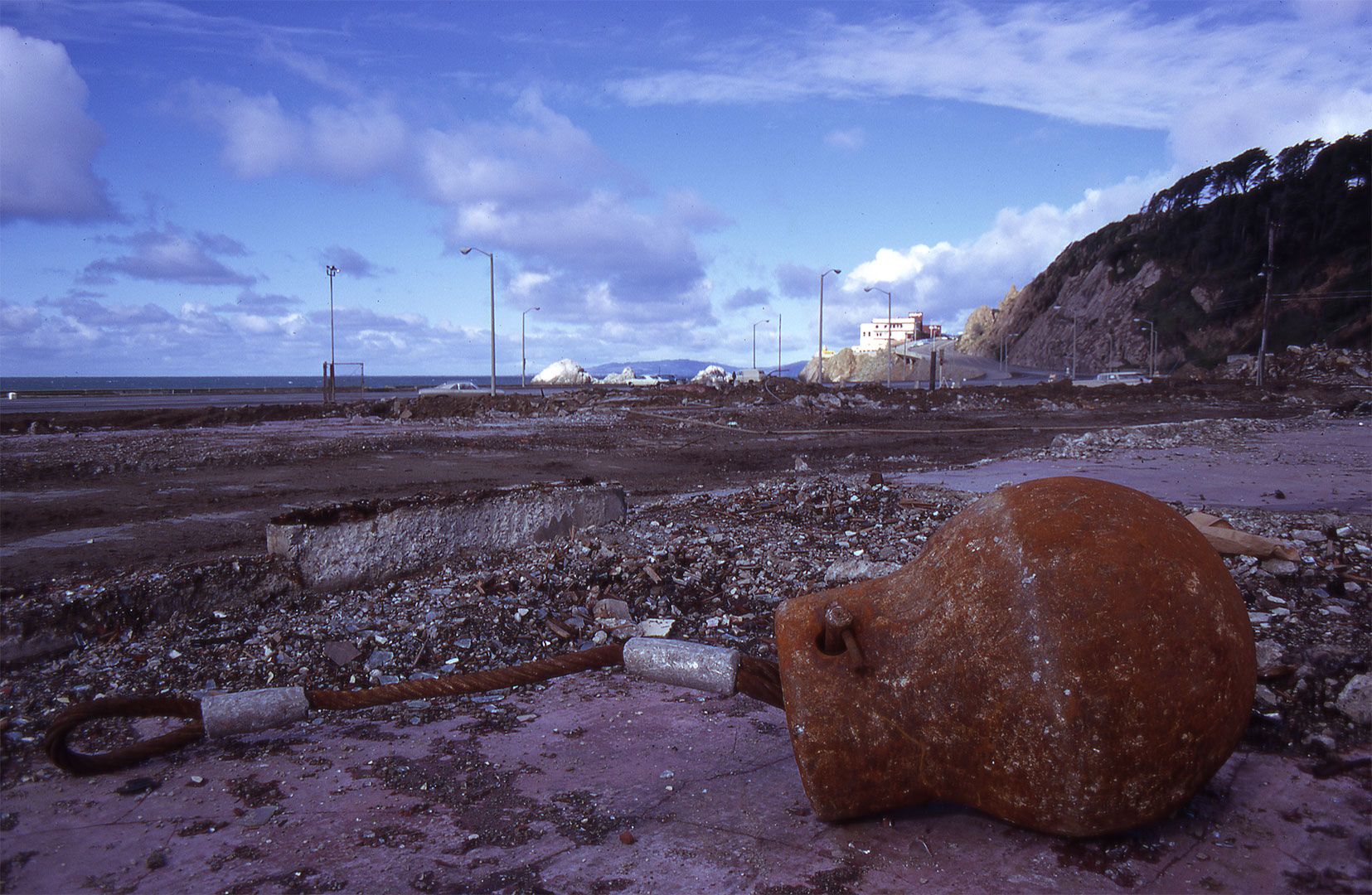
Thanks for the photographs, Dennis, and for your constant generosity in sharing these images with just about everyone for decades.
